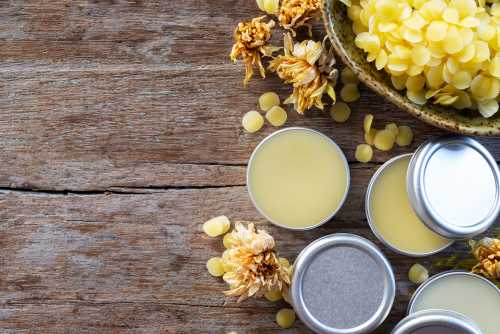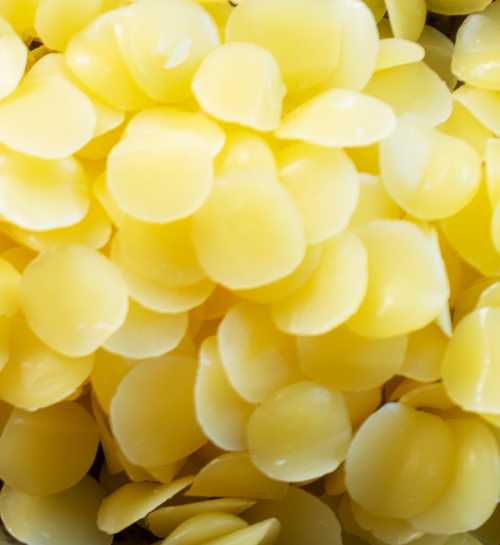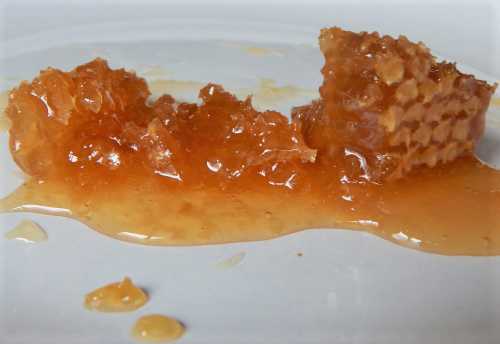Use Of Beeswax In Ancient Cultures
Nowadays, beeswax is used in many ways. Perhaps most famously it is used in furniture polish and for making candles.
However, it is also used as an ingredient, for example, as a separation and anti-sticking agent in the processed food industry; and as a binding agent or drug carrier in the pharmaceutical industry.
In cosmetics, it is used as an emollient and emulsifier and is popular in lip balm and hand moisturisers.
As an art medium, beeswax has long been used in encaustic art, and the practice continues today, along with its use making figurines and sculptures; in batik; in varnishes and polishes – the list seems endless!
But human use of beeswax is not new – it was used for many things in ancient cultures, and below are some examples.
Earliest recorded use of beeswax
The earliest
use of beeswax that I can find is in figurines containing beeswax that have
been discovered in ancient Egyptian tombs from around 3,400 BC.
Medical and pharmaceutical use of beeswax in ancient times
The use of beeswax in a an easily recognizable healthcare role also goes back many years. Galen (129 – 216 AD) used beeswax as a cooling ointment, and, indeed, beeswax was popular amongst the Romans as a poultice and emollient, but it had been used in China 200 years earlier as a wound treatment.
The Ebers Papyrus (c 1,500 BC) mentions the use of beeswax in potions to treat burns and wounds and to treat joint pain.
It is also known that beeswax was used in Ayurvedic medicine in India, possibly as early as 300 BC, for the treatment of burns and abrasions.
Beeswax was used in other areas of health. For example, Hippocrates (c 460 – 370 BC) recommended beeswax to treat tonsilitis.
Use of beeswax in ancient burial traditions
The ancient Egyptians famously used beeswax for embalming the pharaohs: the wrappings of the mummies contained beeswax.
However, they were not the only ones. The ancient Persians also used beeswax in their mummification process – in fact, the word ‘mummy’ derives from the ancient Persian language.
Use of beeswax in art
Beeswax is used in batik – which originated in Indonesia over 2,000 years ago, and as already stated, there are beeswax figurines from around 3,400 BC.
The use of beeswax in furniture polish is also nothing new. It was actually used as a polish, but for its preserving benefits, and specifically to preserve bronze statues. Even today, beeswax is often used as a bronze preservative – either as a component (sometimes the main component) of commercially available wax polishes, or as a mixture with turpentine.
As far back as the 5th century BC, Greek artists used beeswax in a form of art that still exists today, known as ‘encaustic art’ - still practiced by some artists today. Beeswax is melted and mixed with a pigment and a resin before being brushed onto a surface.
Other ways in which beeswax was used in the ancient world
Much of our evidence for the use of beeswax in ancient Egypt comes from papyrus scrolls – thankfully they had preserved the scrolls using beeswax!
However, the ancient world found a number of other uses for beeswax.
Beeswax was used as a covering for wooden tablets for writing on - a shallow depression in the wooden tablet would be filled with soot-blackened beeswax, and the writer would use a needle-like implement known as a stylus to scratch correspondence into the beeswax. The oldest known example of this is from Egypt in around 1300 B.C.
There are numerous records of beeswax being used as glue for joining two surfaces (this is how Daedalus glued together the bird feathers to make the wings for himself and his son Icarus to use, so that they could escape from Crete – you will recall that Icarus flew too close to the sun, thus melting the beeswax, which led to his death due to the disintegration of his wings).
The use of beeswax in candle making is nothing new - the ancient Egyptians, Greeks, and Romans also used it for this purpose.
Resources
- Bogdanov, Stefan. (2016). Beeswax: Production, Properties, Composition, Control. Bee Product Science.
- Filippo Fratini, Giovanni Cilia, Barbara Turchi, Antonio Felicioli, Beeswax: A mini review of its antimicrobial activity and its application in medicine, Asian Pacific Journal of Tropical Medicine, Volume 9, Issue 9, 2016, Pages 839-843, ISSN 1995-7645.
If you found this page helpful or interesting, I'd really be grateful if you would share it with others - if not this page, perhaps another, such as Gardening For Bees.
Thank you so much :) .


